Barcelona, a city renowned for its stunning architecture, vibrant culture, and rich history, is home to some of the most fascinating museums in Spain. While Madrid takes the cake when it comes to art museums, Barcelona’s museum scene has a lot to offer. Whether you’re an art aficionado, history buff, or science enthusiast, there’s a museum in this captivating city that will pique your interest.
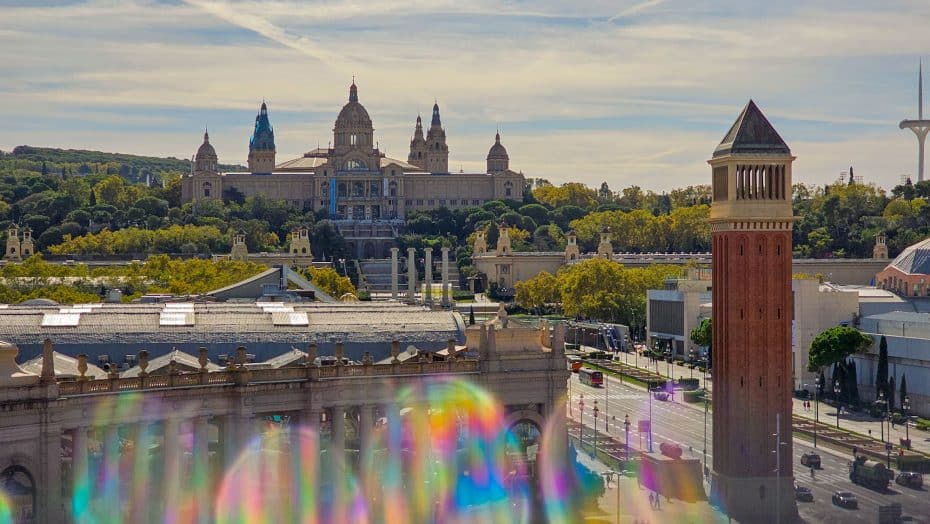
From world-famous institutions housing masterpieces by Picasso and Miró to immersive experiences exploring history and contemporary design, Barcelona’s museums offer something for everyone. In this blog post, we’ll take you on a journey through the top 12 must-visit museums that you simply cannot miss on your next trip to Barcelona.
1. Museu Picasso
Carrer Montcada, 15-23, 08003, Barcelona
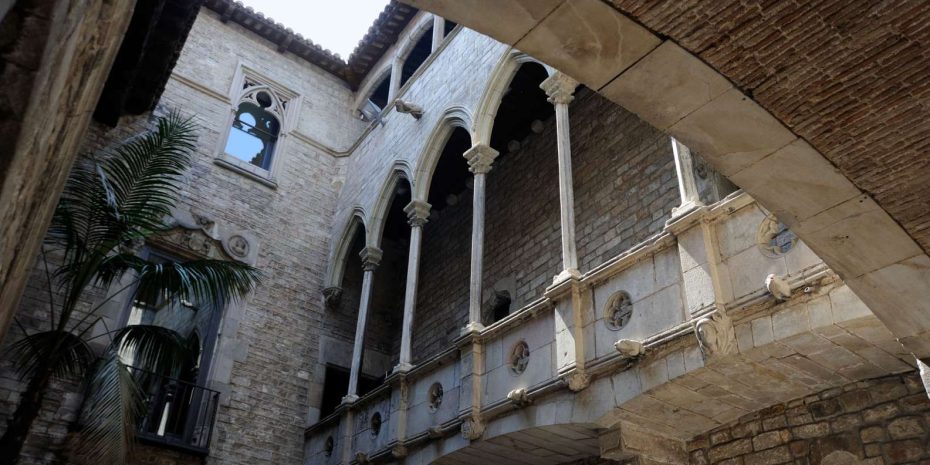
The Picasso Museum in Barcelona, in the El Born neighborhood, is housed in five adjoining medieval palaces on Carrer Montcada. The museum’s architecture reflects Barcelona’s Gothic civil style, characterized by ornate stonework and grand courtyards. Established in 1963 by Picasso’s close friend and secretary, Jaume Sabartés, the museum provides insight into Picasso’s foundational years and his connection to the city.
The Picasso Museum’s collection comprises more than 4,000 works, focusing on Picasso’s formative years from 1890 to 1904. Key pieces include “Science and Charity” (1897), which showcases his mastery at a young age, and “The Pigeons” (1957), which reflects his later period. The museum also houses an extensive selection of ceramics created between 1947 and 1965. Special exhibitions often feature works contextualizing Picasso’s evolution as an artist and his prolific output.
For those planning a visit, the museum is open from Tuesday to Sunday, with varying hours between high and low seasons. General admission costs around €14, but there are discounts for students and free entry on certain days. Due to high demand, it’s advisable to book tickets in advance. Additionally, consider visiting early in the morning or late afternoon for a more comfortable experience, as these times typically see fewer guests. Audio guides are available.
2. Museu Nacional d’Art de Catalunya (MNAC)
Parc de Montjuïc, s/n, 08038, Barcelona
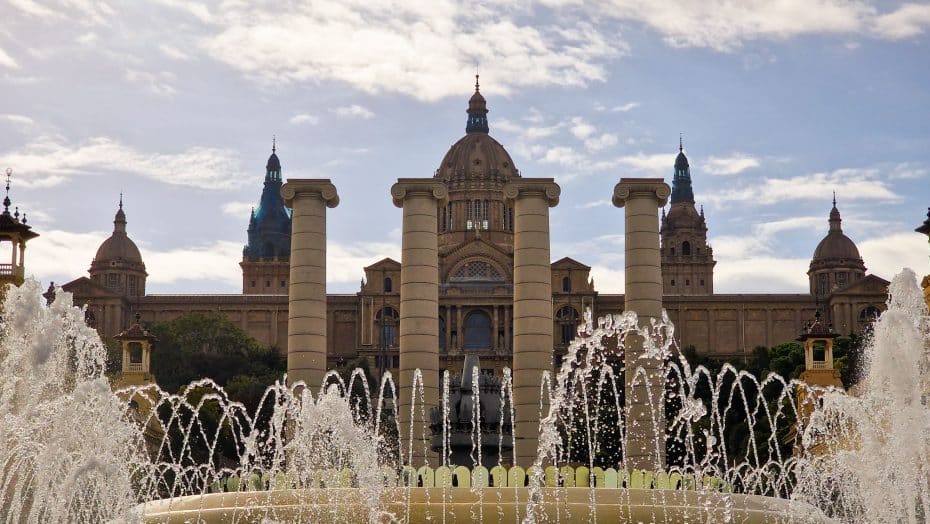
The Museu Nacional d’Art de Catalunya (MNAC), located in the Palau Nacional on Montjuïc Hill in Barcelona, is a premier repository of Catalan art. The museum’s current structure dates back to the 1929 International Exposition and showcases a blend of Renaissance and Baroque architectural elements. Officially inaugurated as a museum in 1934, it saw its premises expanded and redefined in 1995.
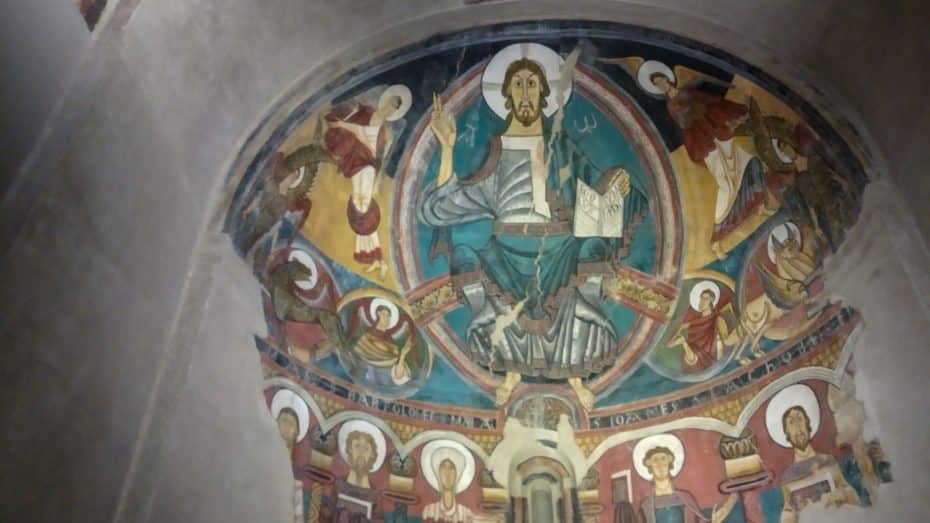
MNAC’s collection is famous for its comprehensive display of Catalan art, spanning from the Romanesque period to the mid-20th century. Among its treasures are Romanesque church paintings transferred from remote locations to ensure their preservation. Notable works include the “Pantocrator” frescoes from Taüll and masterpieces by Gothic artists such as Lluis Dalmau and Jaume Huguet. Its Modern Art collection includes key pieces by Antoni Gaudí and Joan Miró.
For those planning a visit, MNAC opens Tuesday through Saturday from 10:00 am to 6:00 pm, extending until 8:00 pm on Sundays and holidays. General admission costs €12, with reduced rates available for students and +65s. Visitors can reach the museum via public transportation; options include taking the metro to Plaça Espanya or various bus routes that stop near Montjuïc Hill. It’s advisable to allocate at least half a day to explore the extensive collections thoroughly.
3. Fundació Joan Miró
Parc de Montjuïc, s/n, Sants-Montjuïc, 08038 Barcelona
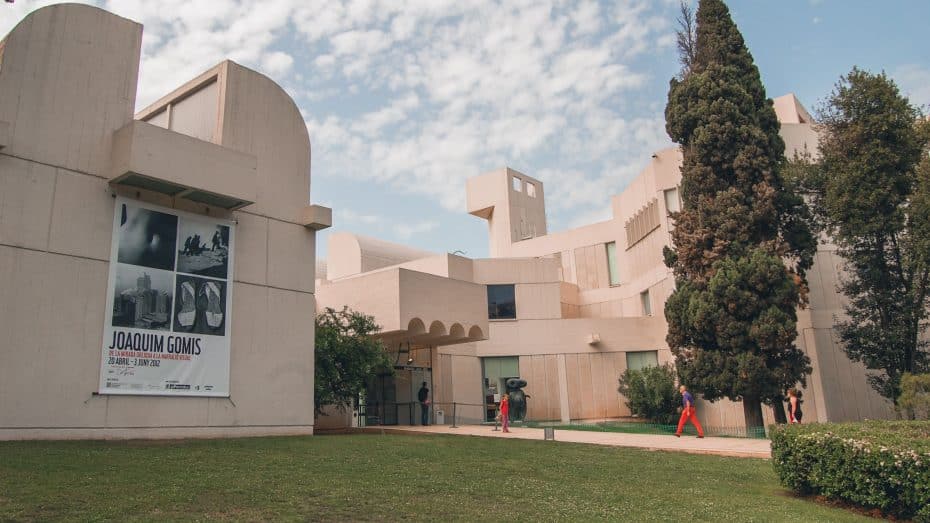
The Fundació Joan Miró is an art museum dedicated to the works of renowned Catalan painter Joan Miró. It is located on Montjuïc Hill, one of the prominent cultural landmarks in Barcelona. Designed by architectural luminary Josep Lluís Sert, the museum building itself is an embodiment of modernist architecture, featuring clean lines, open courtyards, and abundant natural light. The foundation was established in 1975.
The museum’s extensive collection provides a comprehensive overview of Miró’s artistic evolution. It houses over 14,000 pieces, including paintings, sculptures, textiles, ceramics, and prints. Highlights include “The Morning Star” and “Woman and Bird,” which exemplify Miró’s surrealist style characterized by bold colors and abstract forms. The foundation also hosts temporary exhibitions that showcase contemporary artists.
When planning a visit, be aware that the Fundació Joan Miró is open Tuesday to Sunday from 10 AM to 8 PM, with reduced holiday hours. General admission tickets are priced at around €13, with discounts available for students and +65s. The museum is accessible by public transport; you can take the Funicular de Montjuïc or buses 55 and 150 from central Barcelona.
4. Museu d’Història de Barcelona
Pl. del Rei, s/n, Ciutat Vella, 08002 Barcelona
The Museu d’Història de Barcelona, often referred to as MUHBA, is dedicated to preserving and showcasing the city’s rich history. Located in the Gothic Quarter, specifically at Plaça del Rei, the museum’s main site consists of several historic buildings. One of them is the Palau Reial Major, a former royal palace that dates back to medieval times. The Gothic architecture gives visitors a sense of stepping back in time. Established in 1943, MUHBA manages multiple heritage sites across Barcelona, but its central location is particularly significant due to the extensive Roman ruins that lie beneath it. Visitors can explore underground excavations that show remnants of Barcino, the original Roman city of Barcelona. Highlights include portions of the ancient wall, Roman houses (domus), streets (cardo and decumanus), and a garum factory. These sites offer insight into everyday life during Roman times.
To make the most of your visit to MUHBA, plan. The museum is open Tuesday through Sunday from 10 AM to 7 PM. Admission is free on Sundays after 3 PM. Regular tickets are available at reasonable prices, with discounts for students and +65s. The easiest way to get there is by metro; Jaume I station on L4 is just a short walk away.
5. Barcelona Museum of Contemporary Art (MACBA)
Plaça dels Àngels, 1, Ciutat Vella, 08001 Barcelona
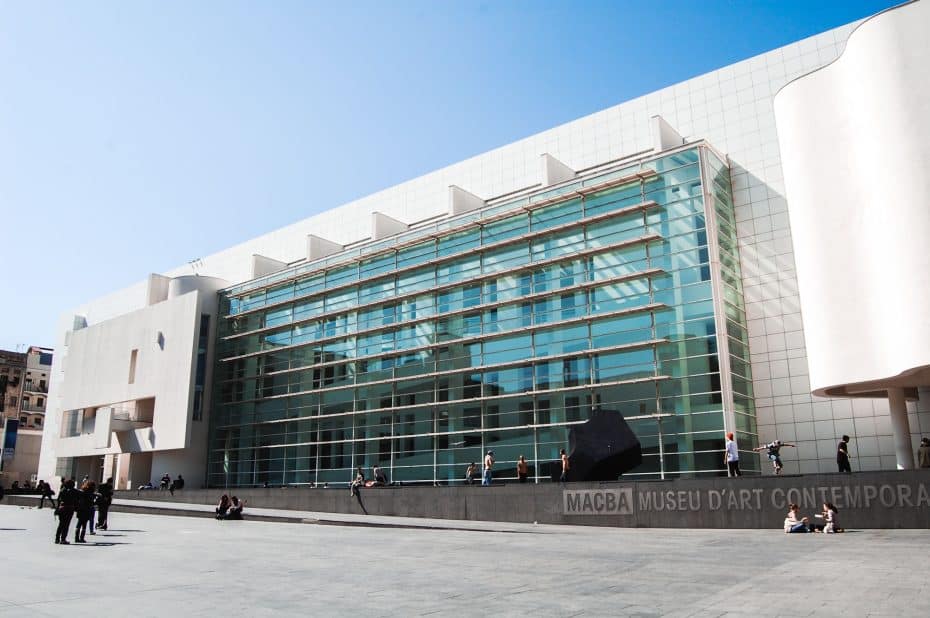
The Barcelona Museum of Contemporary Art (MACBA) is located in the El Raval neighborhood of Barcelona, at Plaça dels Àngels. Designed by American architect Richard Meier and opened in 1995, the museum’s sleek white façade contrasts sharply with the surrounding historic buildings. MACBA’s collection focuses on post-1945 Catalonian and Spanish art, featuring works from significant movements like Surrealism, Abstract Expressionism, and Avant-garde. Key highlights include pieces by Antoni Tàpies, Alexander Calder, and Paul Klee. The museum also houses temporary exhibitions that spotlight contemporary international artists.
When planning a visit to MACBA, note that it is open Monday to Friday from 11 AM to 7:30 PM, Saturdays from 10 AM to 8 PM, and Sundays from 10 AM to 3 PM. General admission is €10, with discounts available for students and +65s. To get there, you can take the metro to Universitat (L1 or L2) or Liceu (L3) stations.
6. Museu del Modernisme Català
C/ de Balmes, 48, L’Eixample, 08007 Barcelona
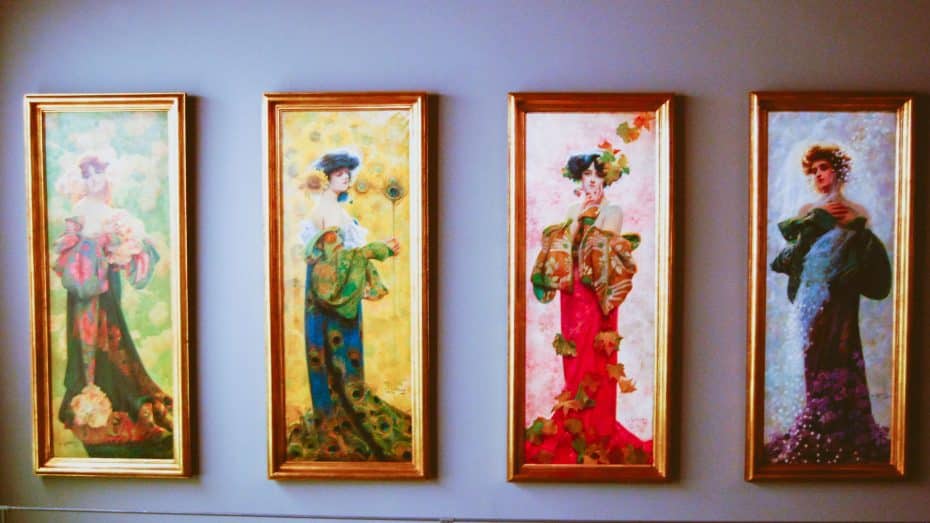
The Museu del Modernisme Català (Museum of Catalan Modernism) is an architectural and artistic treasure located at Carrer de Balmes, 48, in the Eixample district of Barcelona. Housed in a former textile factory designed by Enric Sagnier in 1902, the museum boasts exquisite modernist architecture featuring iron columns, original walls, and decorative elements typical of the early 20th century. Established in 2010, the museum focuses on the Catalan modernism movement that flourished from the late 19th to early 20th centuries. It features over 350 works from renowned artists and architects such as Antoni Gaudí, Ramon Casas, Santiago Rusiñol, and Josep Puig i Cadafalch. Highlights include an original Gaudí’s Casa Batlló bench and intricately designed furniture by Gaspar Homar. The museum’s collection spans various mediums, including painting, sculpture, furniture, and decorative arts.
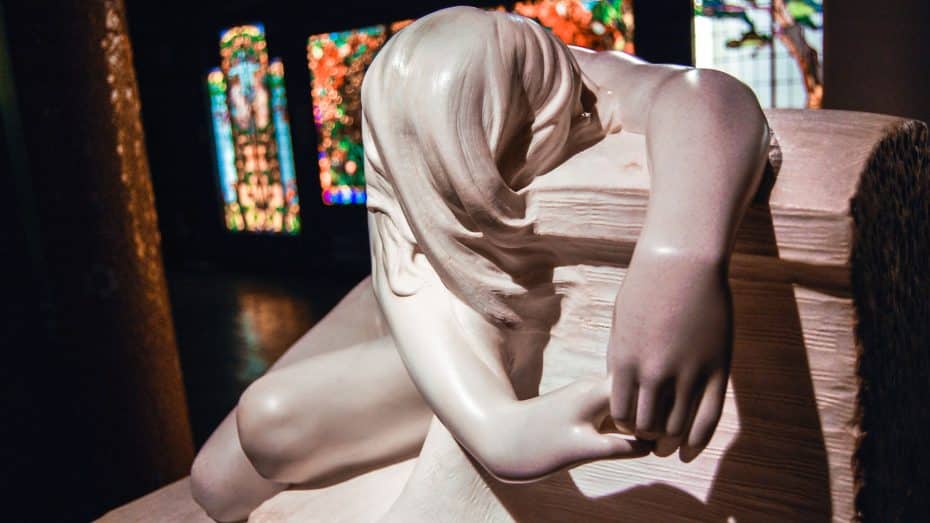
For information on visiting, the Museu del Modernisme Català is open from Tuesday to Saturday from 10:30 AM to 7:00 PM and on Sundays from 10:30 AM to 2:00 PM. General admission costs around €10, with concessions available for students and +65s. The museum is well-connected via public transport and is accessed via the Universitat or Passeig de Gràcia metro stations.
7. CosmoCaixa Barcelona
C/ d’Isaac Newton, 26, Sarrià-Sant Gervasi, 08022 Barcelona
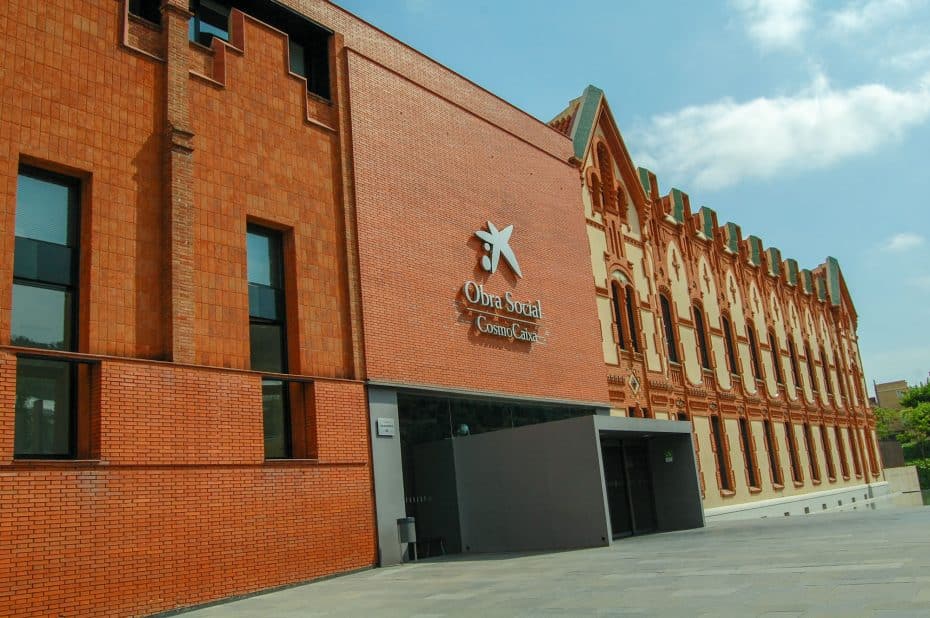
CosmoCaixa Barcelona is a science museum in the Sant Gervasi neighborhood. The building originally served as a modernist structure designed by Josep Domènech i Estapà and opened its doors in 1909, initially functioning as an asylum for the blind. La Caixa Foundation repurposed and inaugurated it as a science museum in 2004. Noteworthy for its architectural grandeur, the museum retains historical elements while seamlessly integrating contemporary design features like a spiral walkway that leads visitors through various exhibits. Inside, CosmoCaixa unveils extensive scientific collections and interactive exhibits that span various fields, including physics, chemistry, and biology. One of the main highlights is the Flooded Forest (Bosc Inundat), a living Amazonian ecosystem replete with flora and fauna. Visitors can also find geological exhibits featuring many minerals and fossils, engaging physics demonstrations, and space-focused installations such as the 3D Planetarium.
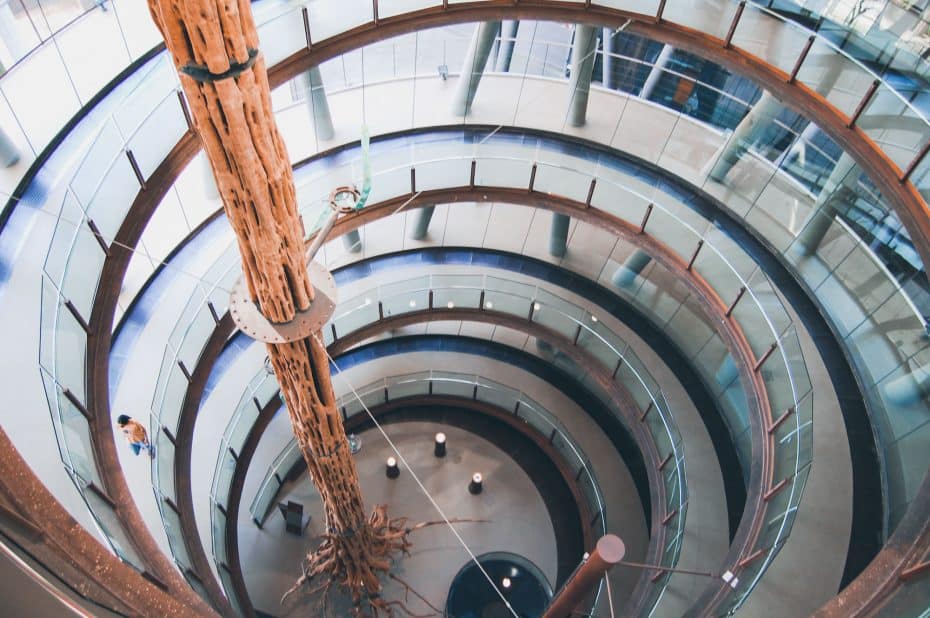
For those planning to visit CosmoCaixa Barcelona, it’s advisable to check the opening times generally from Monday to Sunday, 10:00 AM to 8:00 PM. Entry tickets are reasonably priced at around €6, with discounted rates available for children and +65s, while minors under 16 are usually granted free access. The museum is well connected to public transportation; it’s easily reachable via Tibidabo Avenue using bus line V15 or FGC train service L7.
8. CaixaForum Barcelona
Av. de Francesc Ferrer i Guàrdia, 6-8, Sants-Montjuïc, 08038 Barcelona
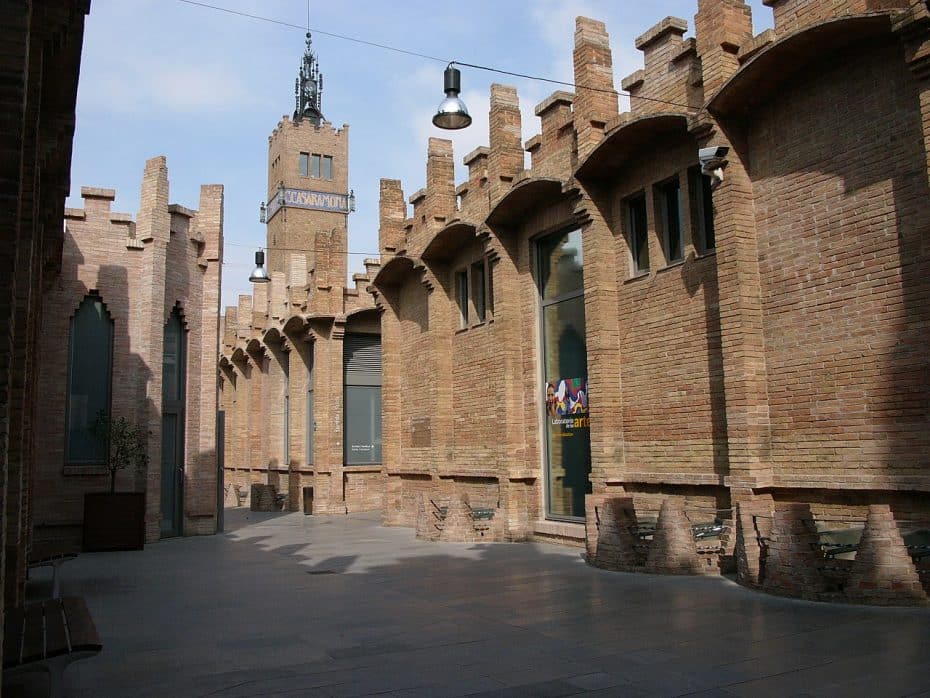
CaixaForum Barcelona is a cultural space set within the beautifully restored Modernista building known as the Casaramona factory. The structure was initially used as a textile factory, designed by renowned architect Josep Puig i Cadafalch and initially completed in 1912. The building showcases a stunning brick facade with intricate ironwork and Catalan Art Nouveau elements. After decades of abandonment, La Caixa Foundation revitalized and reopened it as CaixaForum in 2002. The museum offers exhibitions covering ancient to contemporary art, featuring notable works by artists like Dalí, Rodin, and Warhol.
When planning a visit to CaixaForum Barcelona, it’s helpful to know that it is open daily from 10 AM to 8 PM. Entrance fees vary but typically cost around 6 euros for general admission. The museum is easily accessible via public transportation; you can take the L1 metro line to Espanya station or various buses that stop near Plaça d’Espanya.
9. Design Museum of Barcelona (Museu del Disseny)
Plaça de les Glòries Catalanes, 37-38 08018 Barcelona
The Design Museum of Barcelona, or Museu del Disseny de Barcelona (DHUB), is situated in the El Clot district’s Plaça de les Glòries Catalanes. This contemporary cultural institution, merging four previous museums, opened its doors in 2014 to consolidate the city’s design-related collections. The building itself, known as “El Far” (The Lighthouse), is designed by MBM Arquitectes and strikes a bold architectural silhouette with its modern, angular form. The museum’s collection emphasizes all design aspects, from graphic and industrial design to decorative arts like ceramics and textiles. Key highlights include objects from the mid-20th century reflecting innovations in Spanish design and furniture pieces from renowned designers like Antoni Gaudí and Josep Maria Jujol. Additionally, it houses extensive archival materials that document the evolution of design practices within Catalonia and beyond.
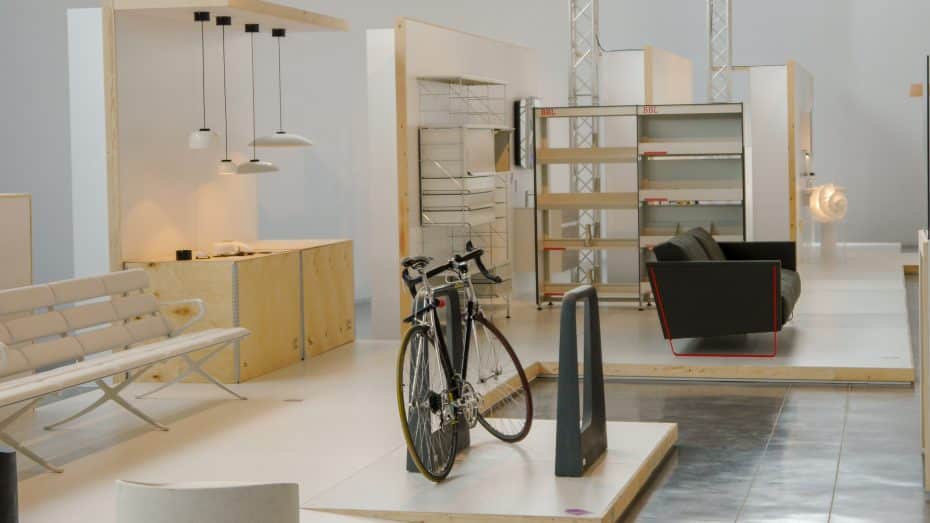
When planning a visit to the Design Museum of Barcelona, please take note that it is open Tuesday to Sunday from 10:00 AM to 8:00 PM, though it’s closed on Mondays except for holidays. General admission costs around €6, with free entry on the first Sunday of each month and reduced rates for students and +65s. Getting there is convenient via public transportation, with nearby access to several bus routes and the Glòries metro station (L1).
10. Frederic Marès Museum
Plaça Sant Iu, 5, Ciutat Vella, 08002 Barcelona
The Frederic Marès Museum is housed in a section of the old Royal Palace of the Counts of Barcelona within the Gothic Quarter. Established in 1948 by sculptor Frederic Marès, the museum showcases his extensive personal collections. The building, with its historical architecture dating back to medieval times, comprises a vast array of sculptures primarily from the pre-Romanesque and Romanesque periods, with notable masterpieces such as the Virgin and Child from Ger. Additionally, it includes an eclectic mix of everyday objects from the 19th century, such as fans, pipes, and clocks that provide insight into bourgeois life during that era.
The museum is open Tuesday to Saturday from 10 AM to 7 PM and on Sundays and public holidays from 11 AM to 8 PM. It is closed on Mondays except for public holidays. General admission costs around €4.20, with reduced rates available for students and +65s. To reach the museum, you can take Metro L4 to Jaume I or take buses V15 or 45, which stop nearby.
11. Forbidden Art Museum
C/ de la Diputació, 250, L’Eixample, 08007 Barcelona
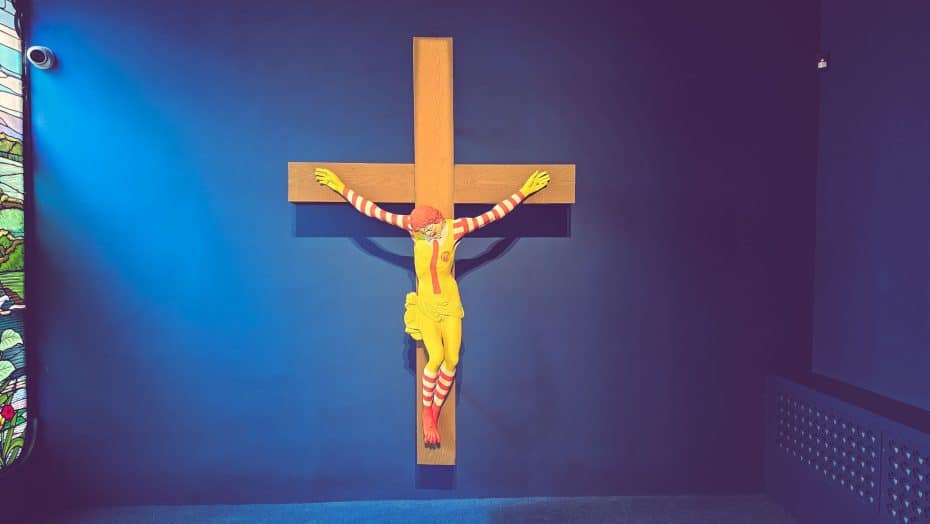
The Museum of Forbidden Art in Barcelona showcases a unique collection of art pieces banned, censored, or otherwise limited in public exposure due to their controversial nature. Featuring works from various renowned and lesser-known artists, this museum highlights the intersection of art and societal boundaries, offering visitors an insight into the history of artistic censorship and the resilience of creative expression. The museum reflects on freedom of expression and the evolving standards of what we consider “acceptable art”.
12. Centre de Cultura Contemporània de Barcelona (CCCB)
C/ de Montalegre, 5, Ciutat Vella, 08001 Barcelona
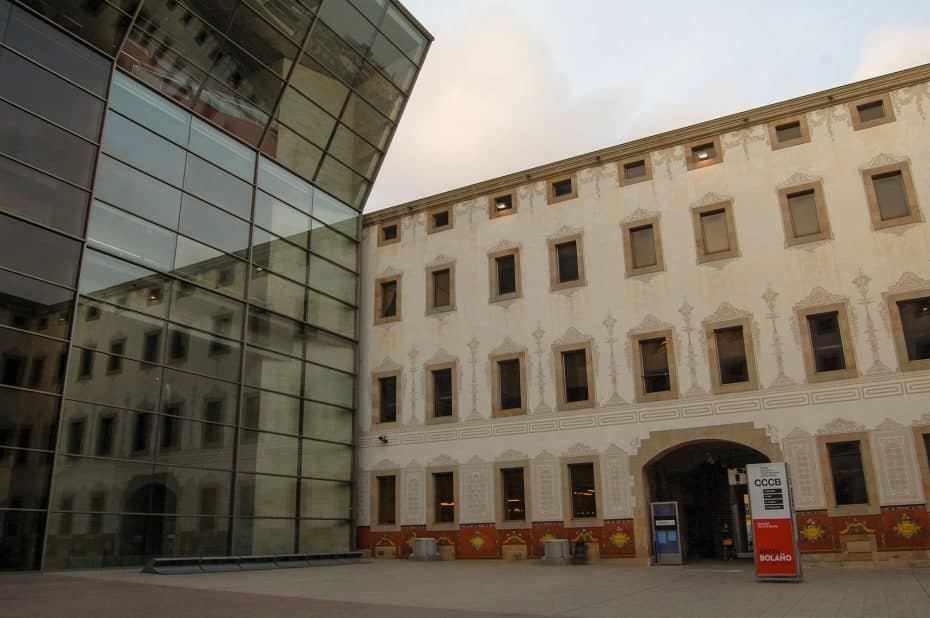
The Centre de Cultura Contemporània de Barcelona (CCCB) is in the El Raval neighborhood. It opened in 1994 in a former almshouse building from 1802. The CCCB’s architectural framework is quite modern, featuring a striking mirrored facade and contemporary design elements juxtaposed with the original neoclassical structure. The museum specializes in contemporary culture, emphasizing urban development, visual arts, literature, cinema, and performing arts. Some of its notable collections include exhibitions on digital culture and emerging trends in science and technology.
The museum is open from Tuesday to Sunday with varying hours; general admission typically costs around €6 but can vary depending on exhibitions. To get there, take the metro to Universitat or Catalunya stations; buses also serve the area well.



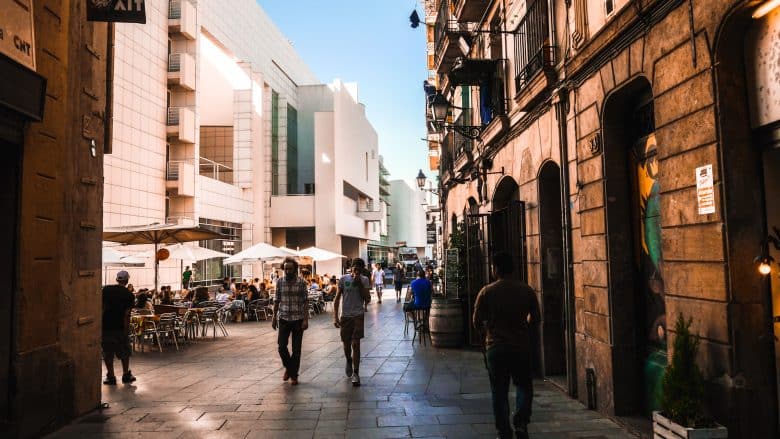
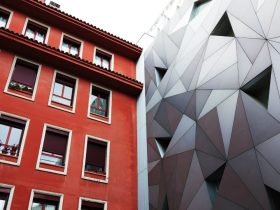

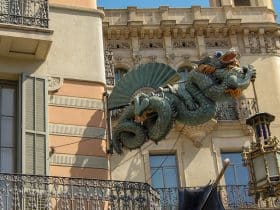
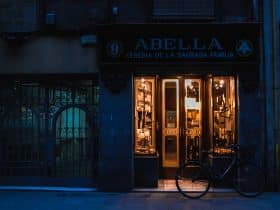
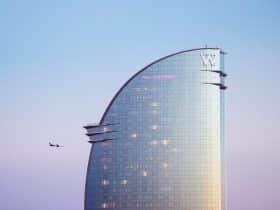
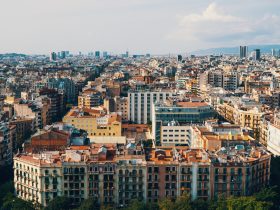
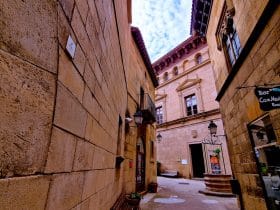
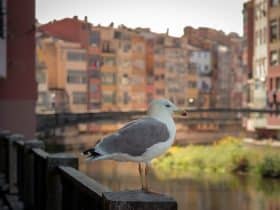




















Leave a Reply
View Comments